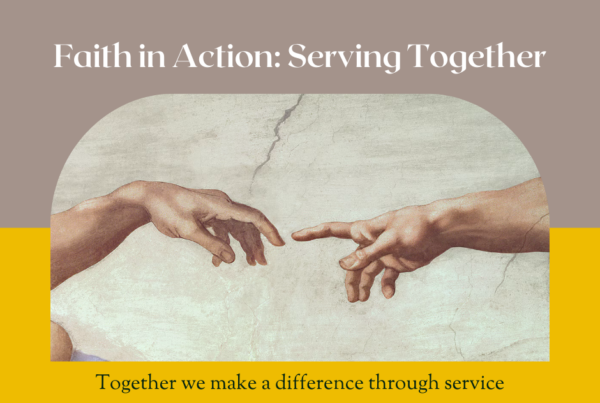Late 2014, pop star Taylor Swift made headlines when she pulled her music from Spotify. Her biggest complaint? Artists not getting paid what they deserve. Over the next few months a number of artists followed suit. They all had the same complaint; streaming services are not paying artists the money they deserve. With all these fingers being pointed by artists, industry people, and consumers the question remains the same, what has streaming done to the music industry?
Streaming services at a surface level seem like a good tool for casual music listeners and music nerds alike. Sites like Pandora and Spotify give users free access to millions of songs at the click of a button. While the idea of free access to every song ever written seems like it is too good to be true, these sites make up for it by putting in ads so they can generate revenue to pay royalties and licenses. However, for small fees users gain access to full music libraries uninterrupted by advertisements. With millions of people subscribing to these sites, that means services like Spotify make millions of dollars a month. With cash like that being generated, why would artists complain that they are not getting what they are owed?
In an article from Tech Times called “The Business Of Music-Streaming Services: How Deals With Record Labels And Publishers Are Made” states, “signed artists make […] .0011 cents per stream on Spotify, .0019 cents per stream on Pandora and Rhapsody, and a low .0003 per play on YouTube.” When you first look at these rates, you see how low they are. Artists have millions of fans so the plays from all those people add up. If an artist has a song played a million times on Spotify at .0011 cents a stream, 1,100 dollars is made. Any money an artist makes is a good thing. Artists agonize over their work. They do not just walk into the studio, pump out a record and make money. There is a lot of work that goes into their art and they deserve to be paid for it. After the initial hype from an album wears off, the money generated from streaming services can provide a steady revenue stream enabling artists to continue to create.
Yet artists do not just get the money made from these sites. The music industry is a winding road of labels, publishers, artists, and distributors and everyone wants their cut. According to Techdirt, a blog that focuses on various technological stories, “20.8% goes to platforms, 45.6% goes to labels, 6.8% goes to artists, 10% goes to songwriters/publishers, and 16.7% goes to taxes.” So of that original 1,100 dollars from those million streams on Spotify the artist now gets 74.8 dollars. Business is business, so services like Spotify need their cut to maintain themselves and to make money. The labels are about the same thing, but as Buffy Sainte-Marie, a Canadian singer-songwriter, said during a September 2015 Q and A at Middle Tennessee State University, “record companies have always ripped off artists.” The battle between artists and their labels is something that has always been a thing as long as the music business has been a thing. Artists make deals without fully understanding the terms and lose rights to their songs, or they take advances on albums that do not get sales they were expecting and the labels will get their money back one way or another.
One of the upsides of music streaming is its impact on illegal downloading of music. The millennial generation is a generation who does not like to pay for its entertainment, and platforms like Spotify is something that gives young adults access to millions of songs for free with ads or by paying a subscription fee, users get access to music without the ads.
In the study, The Effect of Music Streaming Services on Music Piracy Among College Students, done by Karla Borja, Suzanne Dieringer, and Jesse Daw on illegal downloading, the average age of those who pirated music was 20.7 years old. That is about the age of a college sophomore. So those who fall into that demographic are people who do not have the most money to spend on music and want more access to the music they want to listen to. This is where services like Spotify and Pandora come in. According to an article done by eMarketer, a majority of users of both Spotify and Pandora fall between the 18-24 age ranges. These services provide an option that will give those who illegally download music a cost effective and accessible option. The average album on iTunes is around 12 or 13 dollars which is almost double the average hourly minimum wage. So an option that pays money, even though it is not much, to artists is better than what they would get if their fans just pirated the albums to begin with.
However in a panel done by Consequence of Sound, the fact that artists like Taylor Swift are making their content exclusive to more premium services like Tidal is driving people to illegally download music again. Tidal is a streaming service like Spotify that requires a payment of 20 dollars a month to use. In return for the higher cost the subscriber gets exclusive content like music videos and higher quality audio files. Unfortunately, these days most music listeners use consumer grade playback devices, those 10 dollar IPod earbuds when listening to their music. So the extra you would spend for higher quality files do not make a difference.
The exclusivity of artists to certain platforms cause’s consumers to have to subscribe to more than one platform in order to listen to the artists they like. If a college student wants to have access to an artist like Taylor Swift, they would have to subscribe to Tidal; however, if there is another artist they want to listen to that is on say Apple music (the iTunes music streaming service) exclusively they would need to pay the 10 dollars that Apple charges. These small fees add up and in the end it would be cheaper and easier to just illegally download the albums. The new Kanye West album, The Life of Pablo, is a solid example of that. Kanye made sure it would only be on Tidal and never available for purchase anywhere. According to Digital Music News since The Life of Pablo has been released over 500,000 people has downloaded it illegally.
So with all the hype and controversy that surrounds music streaming is music streaming a good thing or a bad thing? On one side you have a platform that provides the user unlimited access to music anywhere with an internet connection and it pays the artist. On the other hand you have something that, while it pays artists, it only pays them a drop in the bucket compared to what revenue is being generated from these sites.
The positives have helped bridge the gap between a generation born online and an industry that has fought any sort of change since day one. Just look at the Napster ordeal in the late 90s and early 00’s as proof. For those who do not know (or those of you born after 1989), Naptser was an early file sharing site that started the piracy debate. A flashier title would be “Lars Ulrich Verses 12 Year Old Music Fans.” The negatives on the other hand speak more about the lack of transparency within the music industry. Artists not getting paid is not just an issue with music streaming; it is also an issue with labels. Music streaming is not a cure all for the problem with the music industry, it seems to be at least a step in the right direction.
Sources: Tech Times, Techdirt, Computers in Human Behavior, eMarketer, Consequence of Sound, Buff St. Marie, Digital Music News


